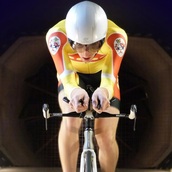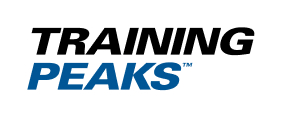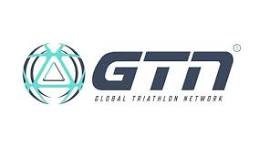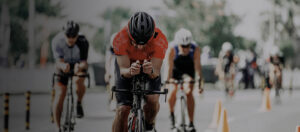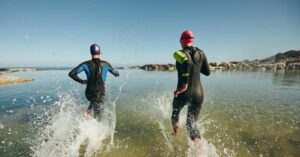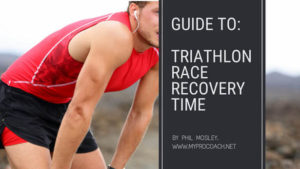Too much drag can add minutes to your triathlon, duathlon and cycling times. Here’s how to test how speedy your equipment and riding position are.
1. Roll down test
Cost: Free
Find a long hill with an uphill at the end (a bit like a ski jump). Start from a standstill, do not pedal, just roll down the hill and see how far up the other side you get before grinding to a halt. You can then repeat the test using different riding positions and equipment and see what difference they make. Just make sure the weather isn’t changing, as differences in wind and air pressure can give false information.
2. Camera trick
Cost: Free, but takes time and you’ll need photo-editing software
Get someone to take a digital photo of you on your bike, from an exact spot directly in front of you. Using photo-editing software you then need to cut out the frontal view of the rider. You should then be able to see how many pixels are in this cut-out image. You can then make changes to riding position and equipment and providing you take the photos from exactly the same spot, you can compare the number of pixels in your cut-out images. Generally speaking, the smaller you can get your frontal area, the lower your drag will be. More detail about this method can be found here: http://www.cyclingpowerlab.com/CyclingAerodynamics.aspx
3. Chung method
Cost: Free, but you’ll need a cycle power meter
This is an equation that enables you to estimate your drag coefficient. There are several websites that do the maths for you, so all you need to do is enter the data. The lower the coefficient, the faster you’ll go for a given effort. You’ll need to record several variables like your riding power, speed, air pressure, weight and road surface, but none of them are hard to do. For example, you can get the air pressure from an online weather forecast. And once you’ve done that, it gives a pretty accurate measure of your drag coefficient. The advantage is that it replicates real riding, as opposed to being a wind tunnel where you’re measured statically or on a turbo trainer.
4. Velodrome
Cost: Approx £500
The beauty of testing your aerodynamics on a velodrome is that it’s a perfectly flat and windless environment. As a result, if you’re riding at an even power output and your speed improves, you know it must be because of your reduced drag. Similarly, if you try a new position or equipment and your speed drops for a given power, you know your drag must have increased. To hire the one in Manchester costs £100 per hour, or £250 if you want exclusive use. Travel and accommodation may also be a cost factor. You’ll need a cycle power meter too. Alternatively, there is a velodrome in Los Angeles that offers this service. Check out their website http://ero-sports.com/. If you’re already spending considerable money on clothing, accessories or cycling training plans, it could also be time to step up your cycling aerodynamics game.
